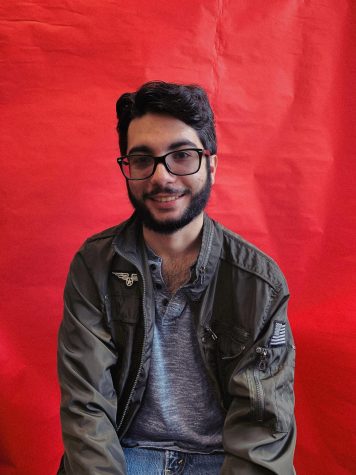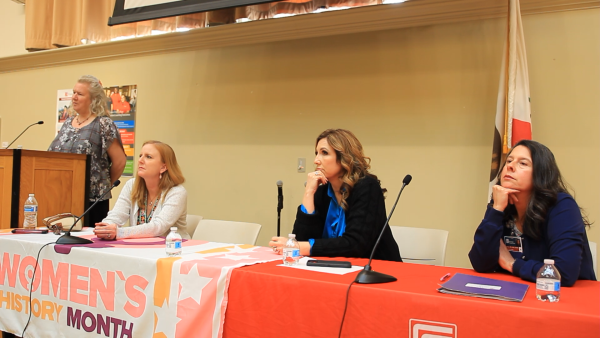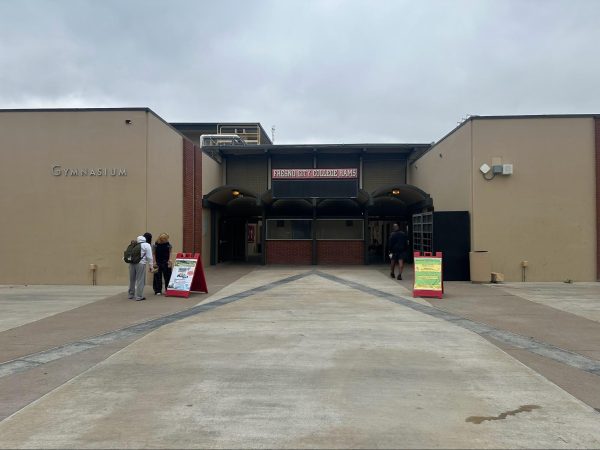Committee Struggles to Address Equity with Inadequate Data
The Fresno City College Equity report, which is awaiting the approval of the State Center Community College District board of trustees, shows a lack of uniformity in the reporting and analysis of equity data.
According to a draft of the report, the equity committee, tasked with creating a plan to close equity gaps between demographic groups on campus, is working with demographic data that is incomplete, too broad, and sometimes out of date.
The equity plan considers the individual needs of students and works to provide the same opportunity for success, according to Karla Kirk, instructor of African American studies and co-chair of the equity committee.
“There are a lot of people in Fresno who are struggling economically,” Kirk said. “That creates barriers to transportation, not being able to buy your books, and getting to all of your classes in time.”
The committee looks over historical areas of oppression for groups of people in society like Latinx, blacks, Asians, and many more.
“Our communities require that we support learning environments where students, faculty, and staff engage in critical conversations regarding race, socio-economic status, sexuality, physical abilities, religious beliefs, and other ideologies,” wrote Carole Goldsmith, president of the college, in a message in the draft equity report.
That conversation of a credible equity plan is complicated because “the chancellor’s office did not provide necessary date to cross tabulate race/ethnic across all designated student populations,” the report stated.
Data from the state chancellor’s office are sorted into five categories — successful enrollment; retention; transfer to a four-year institution; completion of transfer level math and English, and attainment of the vision goal completion definition.
African Americans weakest areas are in transferring, successful enrollment, and retention, “Being a historical trend in the college,” said Ramirez. The college has been improving a little for helping African Americans but, “We need to do better,” said Raymond Ramirez, instructor of Chicano studies and equity committee chairman.
Ramirez said the data the committee gets from the state is often late and may no longer reflect the real numbers, percentages or the issues students are facing.
There are four versions of the data that the chancellor’s office gives to the equity committee, but “there are many limitations with that,” Ramirez added.
Men have a substantially less equity compared to women. The areas that men are dealing with are transfer, math and English, and retention, according to Ramirez.
LGBT students were at one time not accounted for in the plan because the “college and the district did not need to require LGBT in the plan,” Ramirez said. That changed when legislation passed requiring that LGBT students be considered in the plan.
Even so, the report fails to break down the LGBT category according to race and ethnicity, meaning that it is impossible to discern the difference between a white LGBT student’s equity and a black LGBT student’s equity. The same is true of categories like first-generation, foster youth, students with disabilities, and veteran students.
This shortcoming is “among one of the greatest limitations,” of the study, given that “minoritized” students make up 68% of enrollment in 2017 and 2018, according to the report.
Ramirez also listed other inconsistencies that make compiling the equity plan difficult. For instance, gender is a huge issue in the chancellor’s office reports because there are only two categories — males and females. The Chancellor office ignores people who consider themselves non-binary, transgender men, transgender women, or non-conformant.
The other issue the equity committee is facing is how to tell which students are low-income students. If students get a California College Promise Grant fee waiver, they will be considered low-income students, according to Ramirez. The chancellor’s office doesn’t break income, instead it “is grouped together,” which is challenging to help students out, according to Ramirez.
Many transgender students and others are homeless. “We are not a campus who has dorms, and we are a non-profit school,” said Kirk.
However, the equity committee lacks data for transgender students, or those who are homeless.
The equity committee wants to break up ethnic groups of people and gender, but they rely on the Chancellor’s Office to provide such data.
The data presented by the state categorizes a large group of people as one race. For instance, the claim is that all Asians are doing well, but in reality, not all Asians in specific categories are doing well, said Kirk.
This monolithic grouping of Asian students makes it difficult for the report and the committee to understand the equity experiences of, “Cambodian, Hmong, Laotian, and Vietnamese students,” as well as other Southeast Asian American students, according to the report.
Every college has to turn in a plan of equity by June 30, 2019, according to Kirk.
“It is a three-year plan from 2019 to 2022,” said Ramirez.
Ramirez insists that FCC isn’t the reason why there are equity gaps, and that it has more to do with the rules society has placed over the years.






